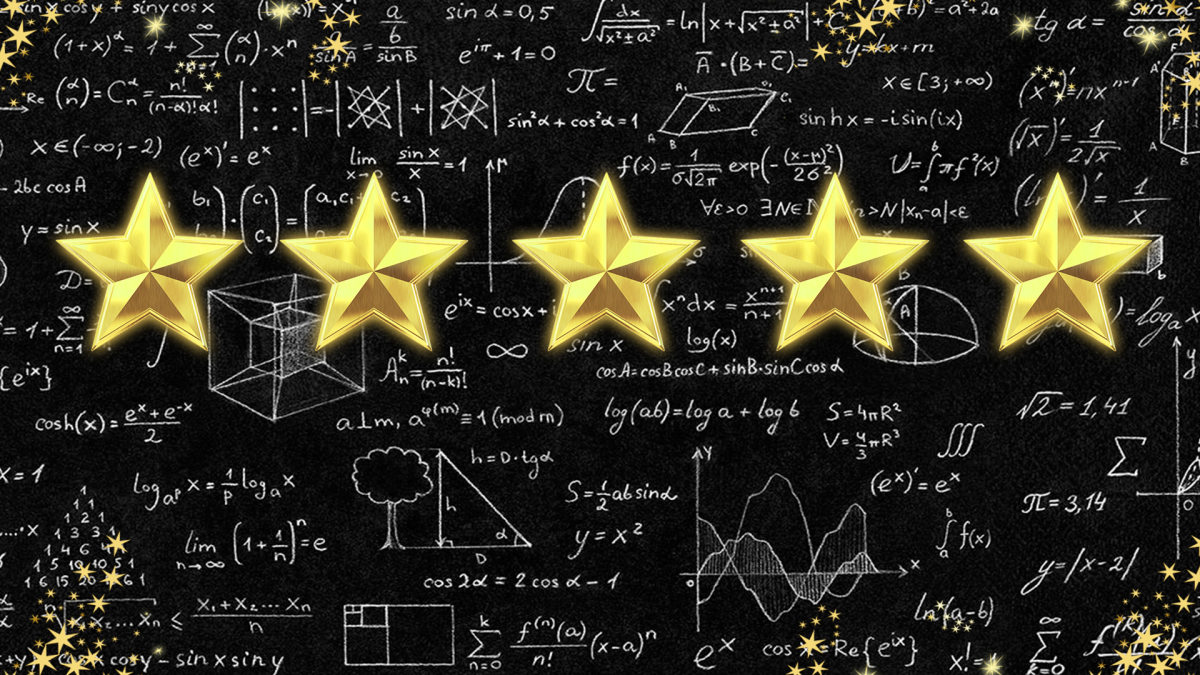Students use color theory, write recipes, and use an iterative design process to create a natural dye.
Using the Engineering Design Process, students work in teams to create a covered wagon that the Bee-Bot pulls as they program on a mat from Missouri to Oregon. Students are learning about the Western
Students examine the relationship between a ball's bounce height and its drop height to see a linear relationship. They then calculate the slope of their data to compare "bounciness" with other groups
Students think about dipping a cube in paint, then count the amount of faces that are painted (either 1, 2, 3, or none) they then make a table with the data and are asked to find any patterns they may
Using Vernier motion sensor technology (not included) students will model their position vs time on Vernier Graphical Analysis.
This is part 2 of 2 where students will be conducting a life science experiment with their Worm Worlds created from part 1 and finding out what a red wiggler's favorite food is.
In this lesson, students conduct an experiment that answers the following driving question: Which type of bedding do red wigglers like better- coconut husk or shredded cardboard? This lesson allows
Students use the engineering design process to create paper rocket protoypes and complete a cost-benefit analysis to help choose the best one.
Context: This lesson takes place in a classroom for two or more class periods Students may work in small groups of 2-4. An emphasis on the experiment of making an indestructible Edison robot Creative
Students will create an inclined plane using Pythagorean Theorem and will experiment with rolling objects and try to find a solution to reduce the speed through friction, or air resistance or weight.
Students will first build and collect data on how fast their solar car is. Then students can change items to increase the efficiency of the solar panel to increase the overall speed of the solar car.
Students will increase efficiency of the solar panels by using angles. Students are given a solar panel, protractor, and a multimeter. They need to complete a pre- investigation plane before they
This lesson plan provides material for two 90-minute periods. Day one provides guided opportunities to explore chemical equations and day two consists of 10 hands-on stations practicing and applying
It is a lesson that is based on Mathematical computation and Project based learning. Students have to find the proportional relationship between the surface area of the house and the paint to be used
Introduction to how a solar panel works. Students get to explore how to power a fan and lights using a solar panel and a motor. Students get to see a diagram of a solar panel and start to make a model
By exploring seeds and the effects of different planting patterns/depths on seed germination, students will conduct exploration of varying seed depths in soil and keep track of growth and traits over
This lesson is from Arizona Game and Fish Department. The lesson has students look at data on elk-vehicle collisions on State Route 260. The road is being widened to a two-lane divided road with elk
This lesson helps kids have an understanding of how our eyes capture light. A camera captures pictures of objects using a similar way so in this experiment, kids will be making a camera using simple
In this lesson, students begin to develop questions about what is being wasted in our school. It could be waste during lunch or waste as an overall school. Students will conduct an investigation
In this lesson, students will build on what they understand about heat/energy transfer to research, design, and construct solar cookers.
In this lesson students will be able to make their own slime using chemistry and chemical reactions then use their slime as a model for fractions while reading a short story called, "Slimey is Half."
This is the planning and set-up stage for an experiment to see which type of gardening is the most sustainable and produces the best results. You will need to either choose or have students help
Students will begin the year working with a hydroponics system to observe plant growth. To start the students will be given a seedling and determine what the plant is as it goes through the life cycle
Featured Lesson Plans
Check out these notable lesson plans.

Animals and Resources: Lesson 1
This is lesson 1 of the Life Science Unit. Links to all lessons included! In this lesson, students engineer a bird feeder to help birds access resources to survive. Optional fiction read-alouds

Quail Farming
Students will learn about the three pillars of sustainability through their quail farm. They will incubate, raise and restock their quails in order for them to be sustainable regardless of what

Ozobot Karaoke
In this lesson, students will combine the fields of coding and robotics with music to program an Ozobot to "sing" a familiar song. Students will learn about music concepts such as notes and octaves
